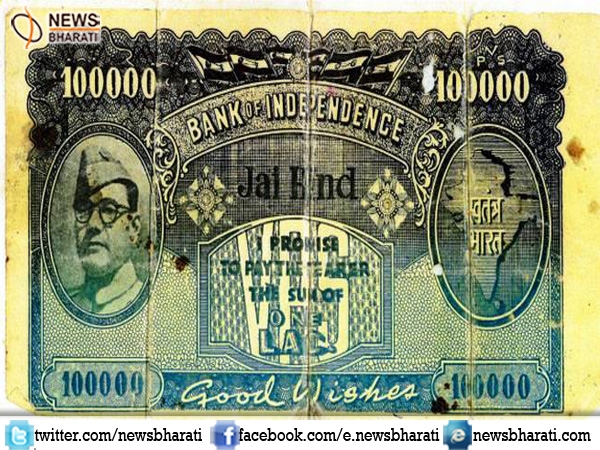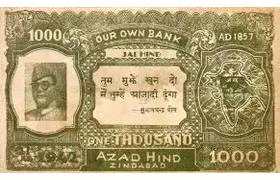These currencies of Azad Hind Bank still narrates the mysterious tale of Azad funds
Mumbai, January 23: Many like watching historic things, their origin, their importance, their history etc. today we are going to see to such a historic thing which will take you the time of British Raj. The following picture is of the currency note of Azad Hind Bank which was established by Netaji Subhash Chandra Bose.

Netaji Subhash Chandra Bose established the Bank of Independence or Azad Hind Bank in 1944 in Rangoon, Burma to manage funds donated by the Indian community across the world for the Liberation of India. On 21 October 1943 Subhash Chandra Bose formed a provisional government of Azad Hind and early after it Bose declared war against British Raj and its allies on 23 October 1943.
The main aim of this bank was to fund the operations of Azad Hind Fauj. The bank maintained its branches throughout Japan occupied countries. The currency notes were issued in the form of a Promissory note, and these notes were usually printed on one side. The money collected by the Azad Hind government was kept in the Bank. Initially, the bank had an authorized capital 50 lakh and a paid-up capital of Rs 25 lakh.

The promissory notes, which usually every country has, were printed on its one side and also they had images of Mahatma Gandhi, Captain Lakshmi Swaminathan, the female commander of the INA’s Rani of Jhansi Women's Regiment & Minister for Women's Affairs for the provisional government of Azad Hind, and Jawaharlal Nehru. The denominations were 5, 10, 100, 500, 1000, 5000 and even 10000.